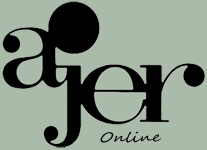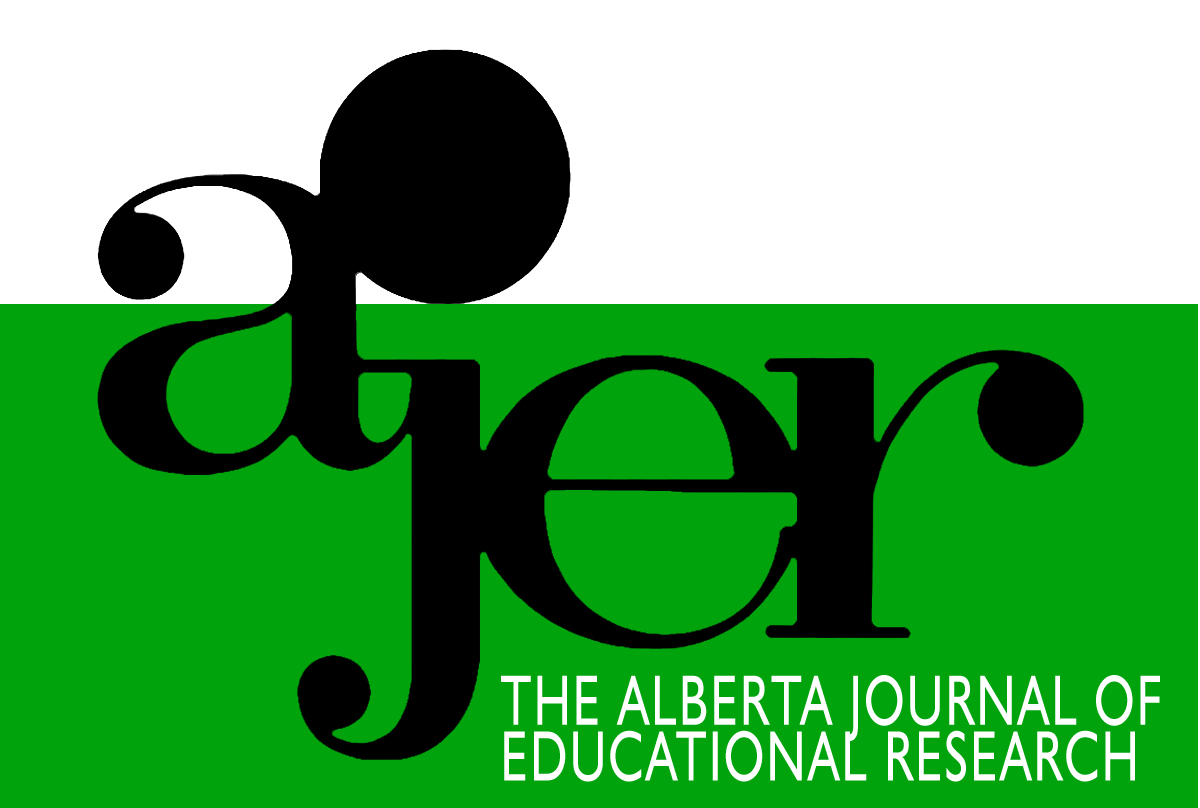Learning Strategies of Students Attending a “Second Chance” School
DOI:
https://doi.org/10.55016/ojs/ajer.v57i2.55475Keywords:
"second chance" schools, students at risk, learning strategies, school activities, drop outAbstract
This study was conducted in Quebec with 608 students (aged 16-19) in four “second chance” schools of the greater Montreal area. The objectives were twofold: (a) to identify the strategies of these students in the context of five learning activities; and (b) to compare the strategies of students who had withdrawn from school after their mandatory attendance period (age 16-17) with those of students exceeding the age limit for high school (age 18-19). Results from a self-reported questionnaire in French show that the students lack many learning strategies, particularly for two of the five activities. The differences between the two groups always favor the older students and pertain to a specific aspect of the activity. These results argue for differentiation in research and classroom practices according to the activities presented to the students and according to the two age groups.
Cette étude a été réalisée au Québec auprès de 608 élèves (âgés de 16 à 19 ans) de quatre écoles de « raccrocheurs » de la région métropolitaine de Montréal. La recherche a poursuivi deux objectifs : (a) identifier les stratégies des élèves « raccrocheurs » dans le cadre de cinq activités d’apprentissage; et (b) comparer les stratégies des élèves qui avaient abandonné l’école après la période de fréquentation obligatoire (16-17 ans) à celles des élèves qui avaient dépassé l’âge limite de fréquentation de l’école secondaire (18-19 ans). Les résultats à un questionnaire validé en français indiquent que tous les élèves, en général, disent avoir recours à un nombre restreint de stratégies d’apprentissage, notamment dans deux des cinq activités. Les différences entre les deux groupes favorisent toujours les élèves plus âgés et sont pertinentes pour un aspect spécifique de l’activité. Ces résultats militent en faveur d’une différenciation de la recherche et des pratiques pédagogiques selon les activités présentées aux élèves d’une part, et les deux groupes d’âge d’autre part.
Downloads
Downloads
How to Cite
Issue
Section
License
UNIVERSITY OF ALBERTA COPYRIGHT LICENSE AND PUBLICATION AGREEMENT
If accepted, authors will be asked to sign a copyright agreement with the following points:
A. Where there is any inconsistency between this Copyright License and Publication Agreement and any other document or agreement in relation to the same subject matter, the terms of this Agreement shall govern.
B. This document sets out the rights you are granting in relation to publication of your article, book review, or research note entitled (the “Article”) through inclusion in the academic journal titled Alberta Journal of Educational Research (the “Journal”) published through the Faculty of Education, representing the Governors of the University of Alberta (the “Journal Editor”).
C. There will be no payment to you for this publication and grant of rights. In consideration of the agreement to publish the Article in the Journal:
1. You are warranting that:
- the content of the Article is your original work, and its content does not contain any material infringing the copyright of others; or, where the Article is not entirely your original work, you have obtained all necessary permissions in writing to grant the rights you are giving in this agreement;
- the content of the Article does not contain any material that is defamatory of, or violates the privacy rights of, or discloses the confidential information of, any other person;
- the Article has not been published elsewhere in whole or in part, and you will not allow publication of the Article elsewhere without the consent of the Journal Editor;
- the names of all co-authors and contributors to the Article are:
2. You agree to license the copyright in the Article to the Journal Editor, on a worldwide, perpetual, royalty free basis; and to the extent required by the terms of this agreement. You shall retain the right at all times to be acknowledged as the/an author of the Article.
3. You further agree that the Journal Editor has the entitlement to deal with the Article as the Journal Editor sees fit, and including in the following manner;
- The right to print, publish, market, communicate and distribute the Article and the Journal, in this and any subsequent editions, in all media (including electronic media), in all languages, and in all territories, ing the full term of copyright, and including any form of the Article separated from the Journal, such as in a database, abstract, offprint, translation or otherwise, and to authorize third parties to do so;
- The right to register copyright of the Journal;
- The right to edit the Article, to conform to editorial policy as the Journal Editor sees fit.
4. If any co-author or contributor to the Article does not sign this agreement, the Journal Editor reserves the right to refuse to publish the Article.



